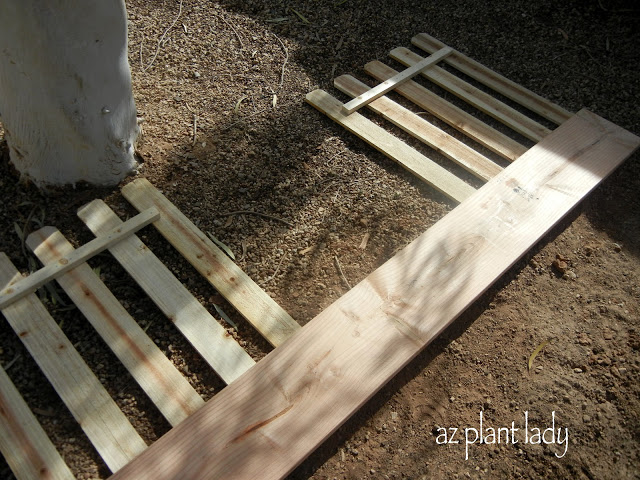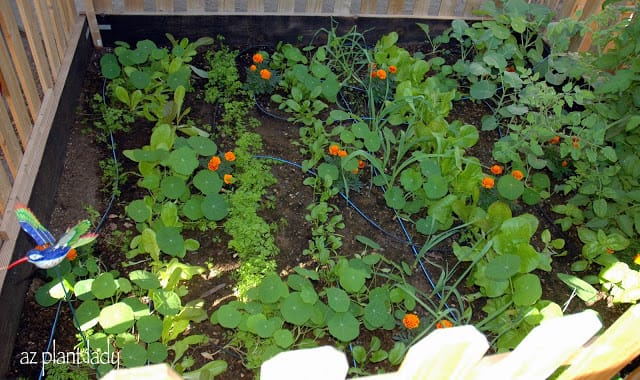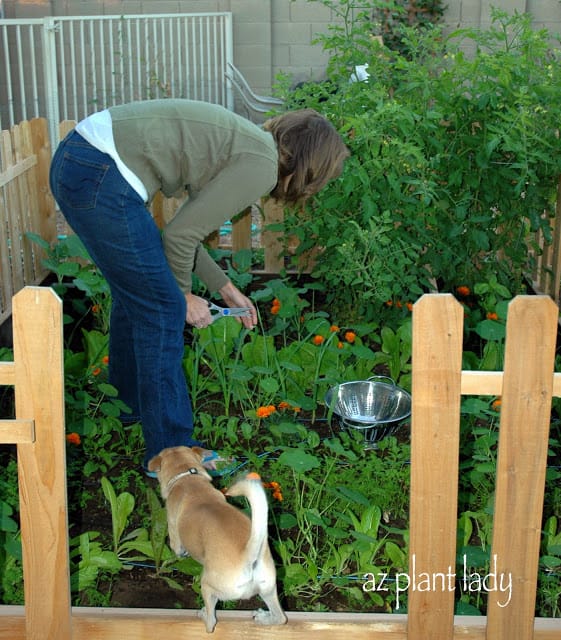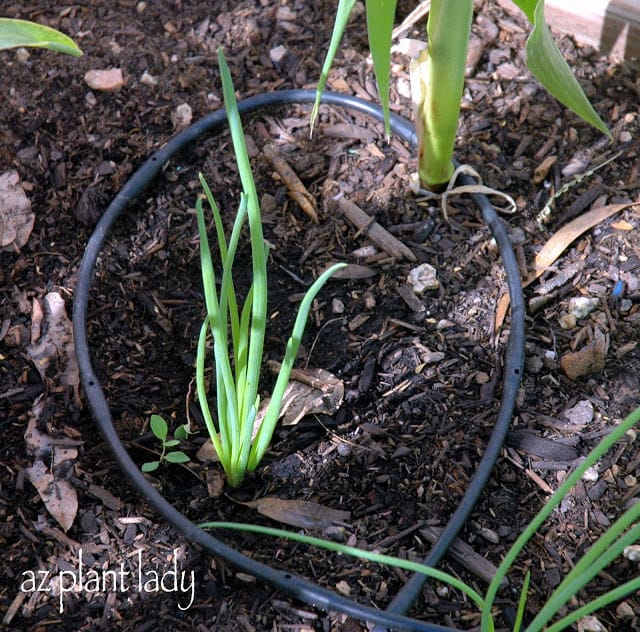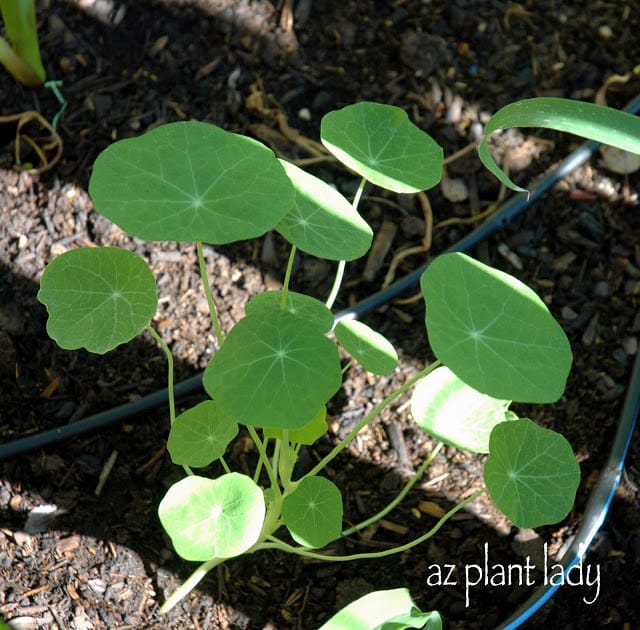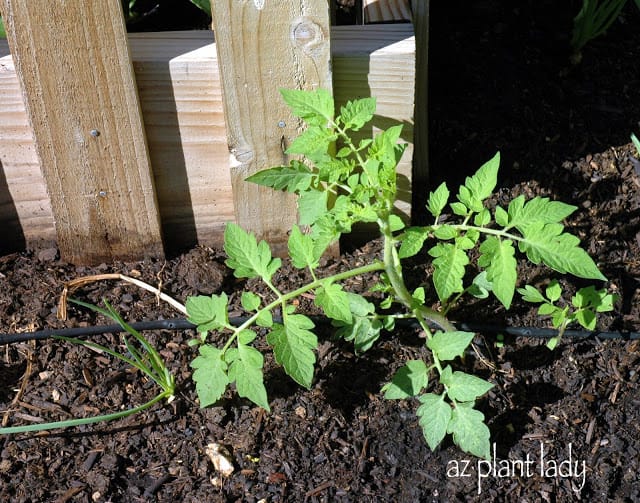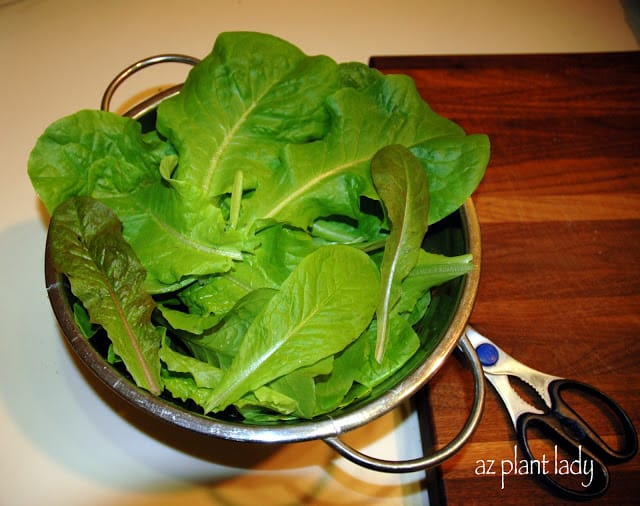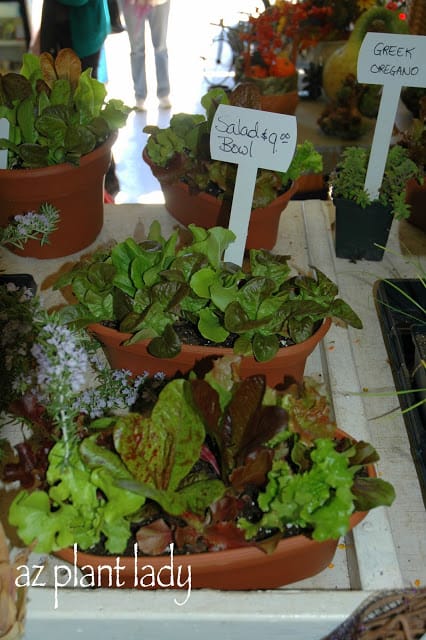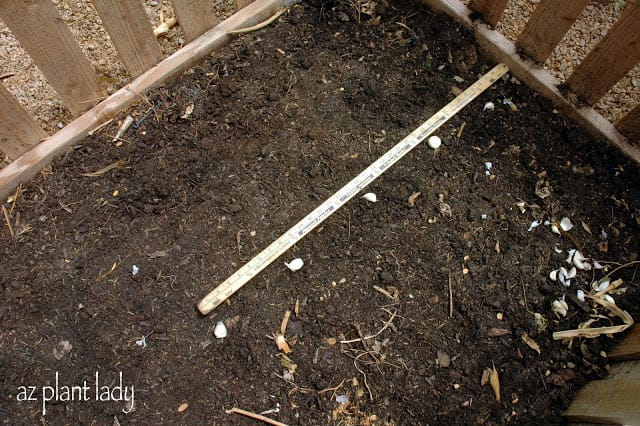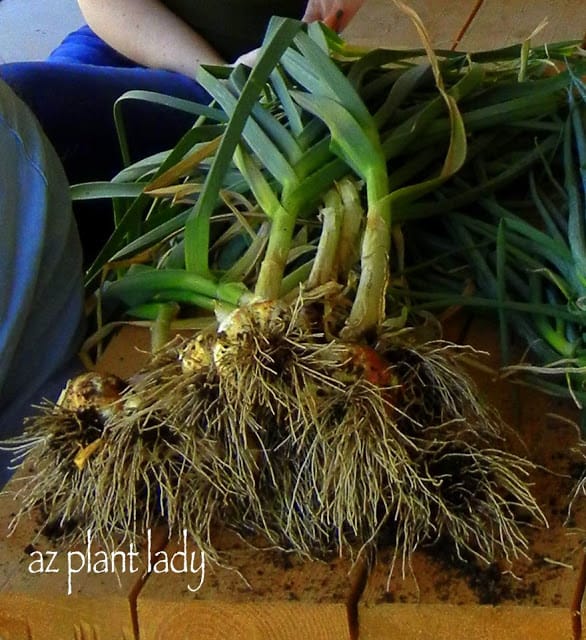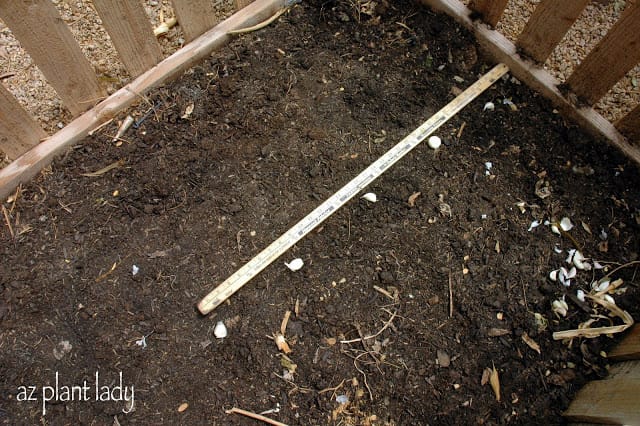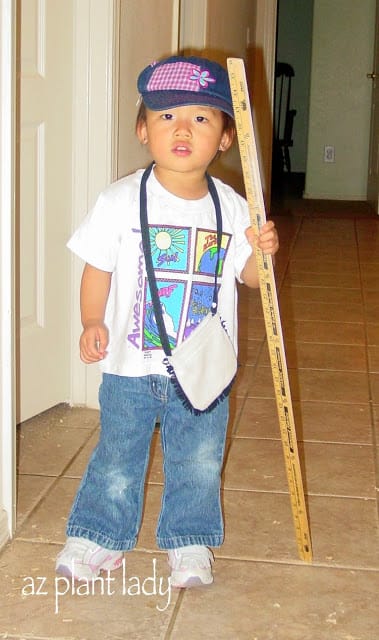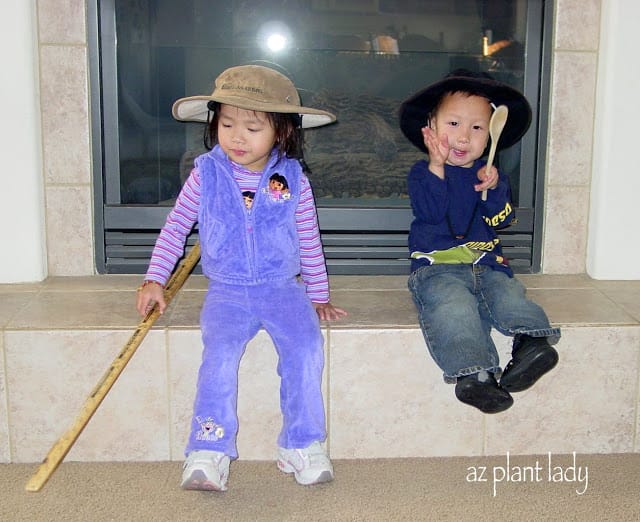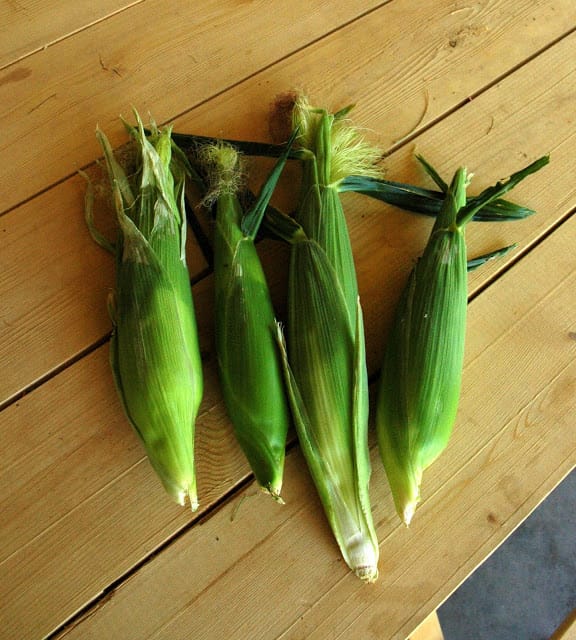I think my kids are ready to go back to school tomorrow after 2 1/2 weeks of being on fall break.
How do I know this? Well, my two youngest daughters, Ruthie and Gracie, just asked me if there were any jobs that I needed them to do.
So after, I picked up my jaw from the floor, I told them that the patio needed to be swept and then thanked them for being so thoughtful.
A few minutes later, I saw them sweeping the patio. Then I saw the hose come out as they sprayed the patio. BUT, they didn’t stop there. As I watched them, Ruthie started to squirt dish soap on the patio and then proceeded to scrub the patio using the broom.
I just didn’t have the heart to tell her that she didn’t need to use soap. She was working so hard and looked like she was actually enjoying herself as she walked through all the soap suds.
And now, I probably have the cleanest patio in the entire neighborhood 😉
Earlier this morning, I went outside to see how my vegetable garden was faring. As I examined my plants, I paid special attention to many of my vegetable seedlings.
My vegetable seedlings
I planted Cauliflower for the first time this fall. We will see how it does. I must admit that I am being a bit selfish about including it in my garden since I am the only one in our family who likes cauliflower. But, since I’m the one who takes care of the garden, I think I’m entitled, don’t you?
My vegetable seedlings
My lettuce seedlings are a bit late in getting started this fall. The reason being that I didn’t learn my lesson last fall, when birds ate my new seedlings, which is what happened again this year. So this is my second attempt this fall.
I am proud to say that I did find a solution to birds eating my lettuce seedlings that didn’t involve netting. But I warn you, it isn’t particularly pretty looking…
I decided to use burlap. I didn’t put the burlap directly on the ground since the plants would grow through it and be caught. So, I put two of my plastic patio chairs in the garden and draped the burlap over them and the garden fence. My goal was to shield the seedlings from the bird’s view and so far, I have been successful.
My vegetable seedlings
No, this aren’t grass seedlings. They are my green onions.
You know what? There is just something about seedlings that I find so attractive. I think it is a combination of the bright green of youth and their tiny shapes. What do you think?
Another first in the garden this fall is shallots. I haven’t heard much from people in our area growing them, so I am anxious to see how they do.
Now, I didn’t order any fancy shallots from a mail-order nursery. I simply went to my local grocery store and bought a bunch. I planted each bulb with the pointed end upward and covered them with 2″ of soil.
I can’t wait to see how they do when I harvest them this spring.
This little garlic sprout looked much better yesterday then it does today. The torn leaves are courtesy of the newest member of our family, Max, who hasn’t learned that a fence means “keep out”. We are working his obedience….
The carrots are doing beautifully and I will soon thin them. The easiest way to do this is to simply snip off the unwanted seedlings at soil level. If you pull them out, you risk disturbing the surrounding seedlings.
I planted Nasturtiums throughout my vegetable garden because they make great companion plants because they repel damaging insects and attract insects that will eat Scale (which I have problems every year).
Corn silk is beginning to appear on my fall corn.
This last seedling is not one that I planted or planned on growing this fall.
But, it showed up on its own and I decided that I will give it a chance….
Yes, it is a tomato plant. To be precise, it is a ‘San Marzano’ tomato plant that came up from seed. Its parent plant produce a ton of tomatoes for me last spring and some of the tomatoes fell to the ground, and so here is the result.
I’m not sure how it will do. Tomatoes are susceptible to frost, which we do get here and on every vegetable gardening guide for our area, tomatoes are never listed as being started in the fall.
But, I am cautiously optimistic. With shade protection in the summer and frost protection in the winter, a tomato plant can live for years UNLESS a severe frost occurs (like last year).
So, I will baby this little tomato plant (and the 3 others that also came up) and provide protection from frost this winter.
I will let you know how they do. If they survive, I will have a huge head start on growing tomatoes next spring 🙂
How about you?
Have you planted any vegetables this fall?
Vegetable Seedlings and Another Confession…














